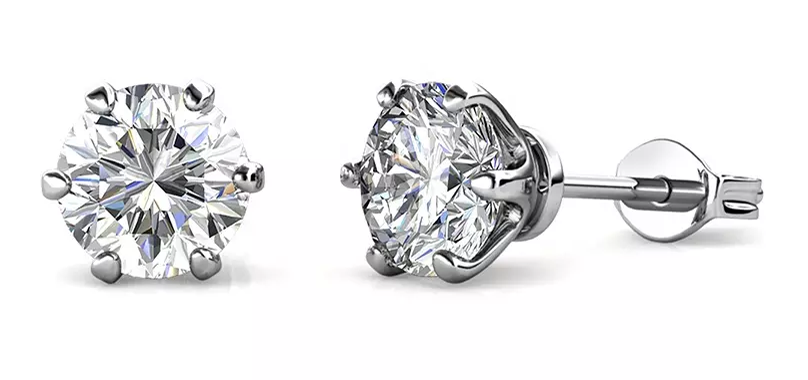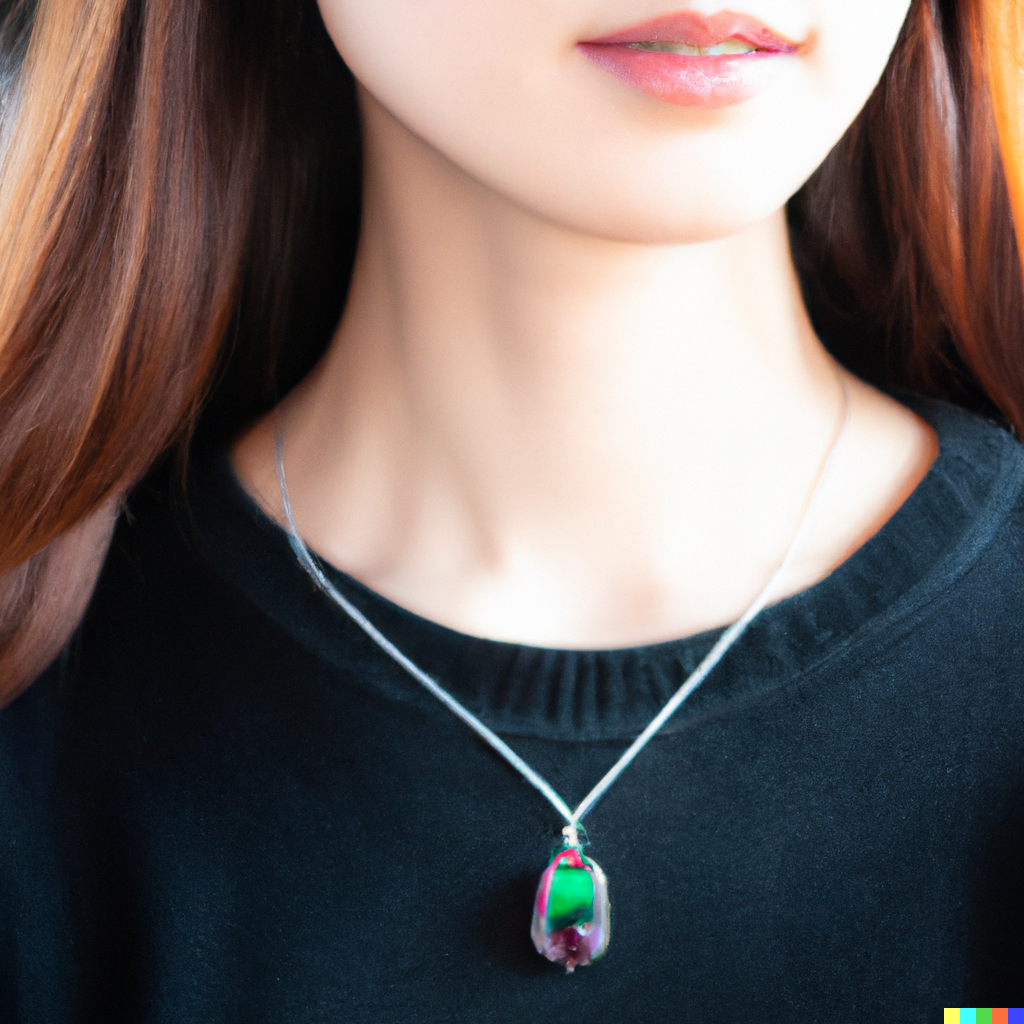Pearl: Gemstone and Jewelry
Pearls are one of the most beloved and timeless gemstones in the world of jewelry. They have been cherished for their natural beauty and lustrous quality that gives a touch of elegance and prestige to any piece of jewelry. Pearls are unique in the sense that they are the only gemstones that naturally occur in living organisms such as mollusks and oysters. They have been treasured by royalty and common folk alike for centuries and continue to hold a prominent place in modern fashion and jewelry trends. In this article, we will delve into the world of pearls, their history, types, and properties, their use in jewelry, and how to care for your pearl jewelry.

Brief History of Pearls:
Pearls have been known to humans for thousands of years and have been highly regarded for their natural beauty. Ancient Greeks believed that pearls were the tears of the gods and that they had magical properties. They were used as offerings to the gods and adorned the clothing and jewelry of the rich and famous. Roman women wore pearls on special occasions and were given as gifts to mark important events. In the Middle Ages, pearls were worn by royalty and nobility, but their popularity eventually spread to the common people.
Pearls were used as ornamentation by both men and women, with the latter using them to decorate their clothing and hair. During the Renaissance, pearls were once again reserved for the wealthy and famous. They were used to adorn clothing, shoes, and jewelry, including necklaces, bracelets, earrings, and rings.
In the 1900s, pearls became more affordable due to the advent of cultured pearls, which made them available to the mass market. This led to a greater demand for pearls and a broader range of styles, colors, and designs. Today, pearls remain popular and fashion-forward, with a wide variety of styles, colors, and sizes to choose from. They continue to be a symbol of elegance, sophistication, and timeless beauty.

Types of Pearls:
There are two basic types of pearls: natural and cultured.
- Natural Pearls: Natural pearls are formed inside mollusks, such as oysters, as a result of the presence of an irritant that has managed to penetrate the soft tissue of the mollusk. The mollusk then secretes nacre, a layer of material that covers the irritant and creates a pearl. Natural pearls are extremely rare and very valuable. They come in different colors, shapes, and sizes, with the most sought-after being perfectly round.
- Cultured Pearls: Cultured pearls are pearls that are grown in a controlled environment. A small irritant is inserted into an oyster or mollusk, which then secretes nacre around the irritant, creating a pearl. The process takes several years, and the resulting pearls come in a variety of shapes, sizes, and colors. Cultured pearls are less expensive than natural pearls, but they are still considered high-quality gemstones. They are also more readily available, making them a popular choice for jewelry designers and consumers alike.

Pearl Colors:
Pearls come in a wide variety of colors, ranging from white and cream to pink, blue, green, yellow, and black. The color of a pearl is determined by the type of mollusk in which it is formed, as well as the water in which the mollusk lives.
- White Pearls: White pearls are the most commonly available and popular type of pearl. They are classic and versatile, making them suitable for a variety of occasions and outfits.
- Cream Pearls: Cream pearls are similar to white pearls but have a slight yellow hue. They are warmer in color and are a great choice for those who prefer a softer look.
- Pink Pearls: Pink pearls are a popular choice for brides and women looking for something feminine and romantic. They range in hue from a delicate pale pink to a bright rose color.
- Black Pearls: Black pearls are highly prized for their rarity and unique beauty. They are not actually black, but rather shades of blue, green, or purple with a dark overtone.
Pearls also come in a range of other colors, including golden, silver, champagne, and lavender, among others. Each color is unique and can add a touch of personality and character to your jewelry.

Pearl Shapes:
Pearls come in a variety of shapes, ranging from perfectly round to slightly oval or baroque, which is irregular and non-symmetrical.
- Round Pearls: Round pearls are the most sought-after shape, as they are rare and perfectly symmetrical. They are the epitome of elegance and sophistication and are widely used in high-end jewelry.
- Oval Pearls: Oval pearls are elongated and slightly oval in shape. They are also a popular choice for jewelry, as they are versatile and can be used in a wide range of designs.
- Baroque Pearls: Baroque pearls are irregular in shape and often have a unique and organic feel. They are great for creating bold and striking statement pieces.

Pearl Sizes:
Pearls come in a range of sizes, with the largest being the rarest and most expensive.
- Small Pearls: Small pearls are less than seven millimeters in size and are popular for creating delicate and understated jewelry.
- Medium Pearls: Medium pearls are between seven and nine millimeters in size and are a popular choice for everyday jewelry.
- Large Pearls: Large pearls are between ten and thirteen millimeters in size and are often used in high-end jewelry designs.
- Extra-Large Pearls: Extra-large pearls are over thirteen millimeters in size and are extremely rare and valuable.

The Properties of Pearls:
Pearls are unique in the sense that they are the only known gemstone to be formed inside a living organism. They have a unique set of properties that give them their distinctive beauty and luster.
- Luster: Luster refers to the shine and brightness of a pearl's surface. Pearls have a soft, glowing luster that is highly sought after.
- Surface Quality: The surface quality of a pearl refers to the smoothness and texture of its outer layer. High-quality pearls have a smooth, unblemished surface with no visible flaws.
- Shape: The shape of a pearl can vary from perfectly round to elongated or irregular. Classic round pearls are considered the most valuable and sought-after shape.
- Color: Pearls come in a wide range of colors, from classic white to pink, blue, and black. The color of a pearl is determined by the type of mollusk in which it is formed.
- Size: Pearls come in various sizes, from small and delicate to large and striking. The larger the pearl, the rarer and more valuable it is.

Pearl jewelry is timeless, elegant, and always in style. Whether you prefer classic white pearls or something more unique and colorful, pearls are a versatile gemstone that can be used in a wide range of designs. With proper care, your pearl jewelry can last a lifetime and become a treasured family heirloom. Invest in high-quality pearls and enjoy the luxury and beauty of this enchanting gemstone for years to come.






















Leave a comment